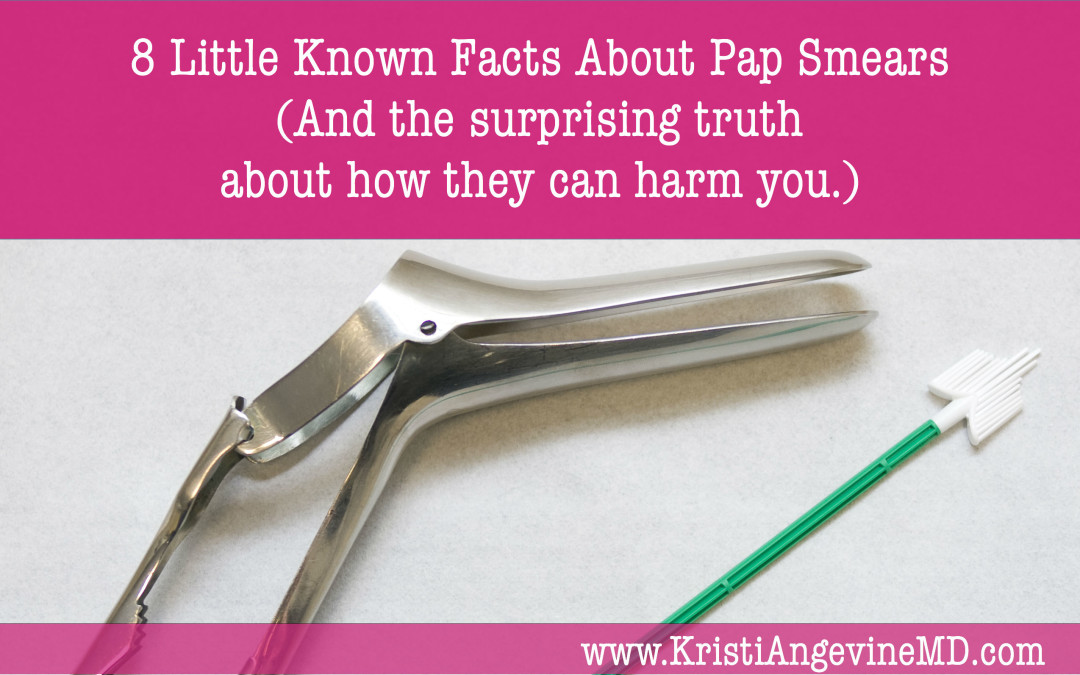
by Kristi | Jul 28, 2014 | Gynecology, Ob-Gyn |
If you have that I’m-already-spread-too-thinly-to-read-one-more-thing feeling when it comes to staying up to date about medical info, this update is for you. It has just what you need to know about Pap smears in an easy to scan list of fast facts, made especially for the time crunched woman. Recently, I wrote a long, detailed post about important, new information that you need to know about Pap smears: 8 little known things about Pap smears. Here’s the short and sweet version for those of you who are BUSY. 1. Pap smears look for cervical cancer. 2. Cervical cancer is caused by HPV*. 3. Cervical cancer is SLOW and takes decades to show up. 4. The way we best find cervical cancer has radically changed; gone are the days of yearly Pap smears for everyone. 5. The American Cancer Society, the US Preventive Services Task Force and the American College of Obstetricians and Gynecologists finally agree on something and that something is how to best screen for cervical cancer! 6. Pap smears should start no sooner than age 21 and if normal, should be repeated every 3 years until age 30. 7. At age 30, it’s best to do Paps and a test for the kinds of HPV that cause the most cancer (high risk HPV). If both the Pap and the HPV test are negative, it should be repeated in 5 years. 8. Once you turn 65 and you’ve had 10 years worth of normal Paps, you should still see your doctor once a year, but you stop Paps. 9. Once you have a hysterectomy, most likely, you never need another Pap smear again. 10. Doing Pap smears more often...

by Kristi | Jul 18, 2014 | Gynecology, Ob-Gyn |
If you don’t get annual Pap smears, you’re going to get some terrible cancer. And it will end up killing you. It’s all over the news. Cancer’s a leading cause of death, right? If you skip a Pap smear: You will feel guilty about not staying on top of that yearly ritual. You will feel sheepish when you finally do go to your Ob/Gyn. And once at your appointment, your doctor will reprimand you. Or will they? Cervical cancer is the one and only cancer that a Pap smear looks for. Cervical. Not cancer of the uterus, not cancer of the ovaries and not cancer of the vagina. Cervical. If you are wondering what the heck the cervix is, you are not alone, so here’s a quick anatomy primer: the vagina is kind of like a sock. It’s open on one end and (for the most part) closed at the top. At the top of the vagina is the cervix, which is the bottom of the uterus. Time to start humming that “ankle bone’s connected to your leg bone” song. Your vagina’s connected to your cer-VIX, the cervix is connected to your uter-US…If you’re wondering, the cervix looks like a pink bagel. In order to see it and swab it (aka a Pap smear), a barbaric looking, but very useful, instrument called a speculum is used. Anyway, over the last decade, experts have learned some amazing things about cervical cancer and how to best screen for it and how to prevent it. By experts, I mean researchers in organizations like the American Cancer Society, the American College of Obstetricians and...




